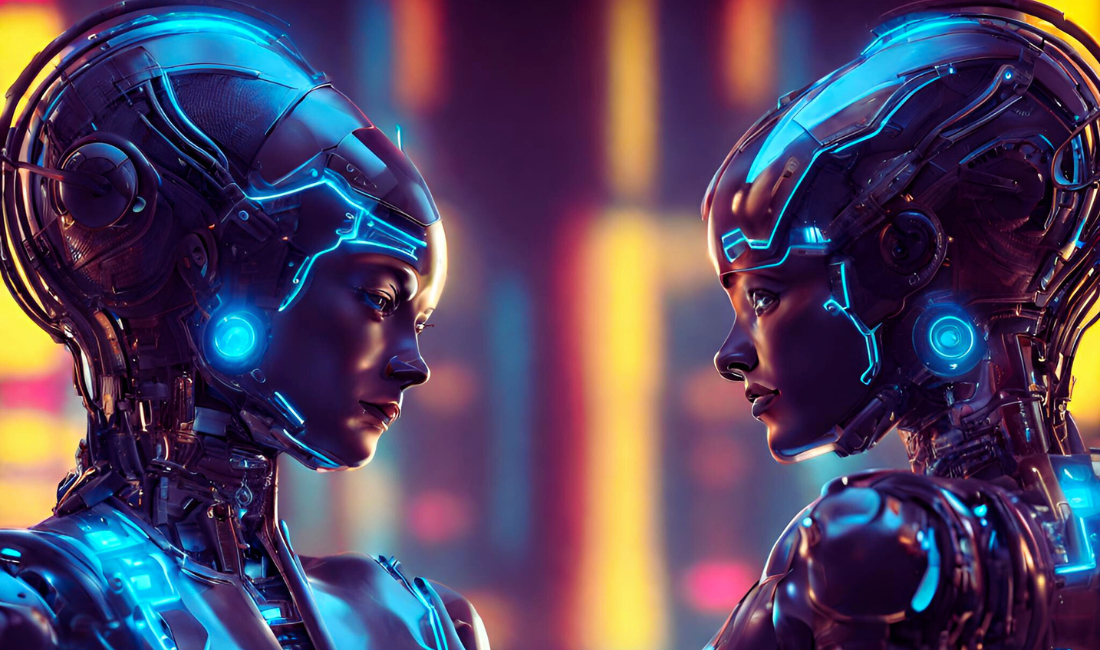BIONIC ANDROIDS: Technology and Humanity
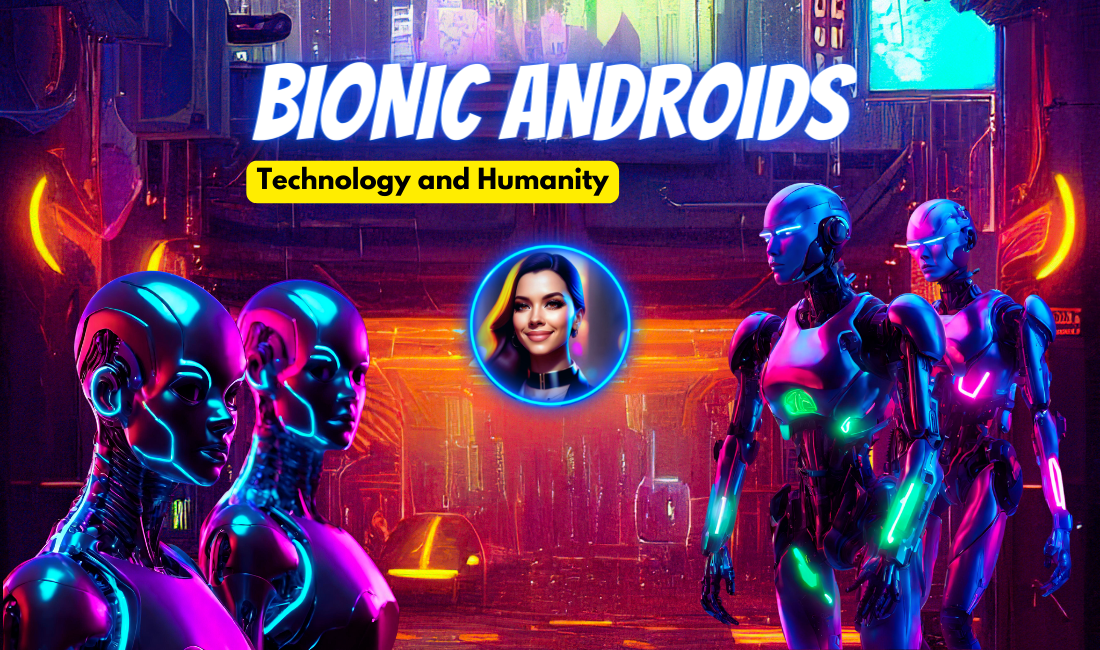
Introduction
At the intersection of technology and biology, bionic androids rise as a remarkable figure of engineering and science fiction. Inspired by the quest to replicate the complexity and versatility of the human body, these creations have transcended the pages of literature and the silver screen to become a palpable reality in our world. In this feature, we'll delve into their origins, from conception to the ethical and practical challenges they pose in our current society.
History: The Evolution of an Idea
The history of bionic androids is a fascinating tale that dates back to the early conceptions of science fiction, where visionary authors imagined a future where technology and humanity merge in unimaginable ways. From ancient tales of mechanical automatons to modern depictions in film and literature, the idea of creating artificial beings that could emulate the form and function of the human body has been a constant source of inspiration and speculation.
In the early narratives, androids were often portrayed as simple mechanical automatons, lacking the complexity and sophistication associated with today's bionic androids. These early representations, though rudimentary, laid the groundwork for exploring key concepts such as artificial intelligence, autonomy, and human-machine interaction.
The idea of bionic androids began to take tangible form in the realm of research and engineering. With the advent of robotics and biomechanics, scientists and engineers began to seriously explore the possibility of creating robots with human-like appearance and functions. One of the early milestones in this field was the development of bionic prosthetics that could restore lost function to individuals with physical disabilities. These advances laid the groundwork for the creation of increasingly sophisticated bionic androids.
In recent decades, advances in artificial intelligence have ushered in a new era in the evolution of bionic androids. With machine learning algorithms that allow them to adapt and learn from their environment, these androids are reaching levels of realism and functionality never before seen. From home assistance robots to androids designed to work in dangerous or inhospitable environments, bionic android technology is transforming our way of interacting with the surrounding world.
The history of bionic androids is a testament to humanity's ability to imagine and create technologies that push the boundaries of what is possible. From early science fiction tales to the latest advances in research and development, bionic androids represent a unique synthesis of creativity, engineering, and futuristic vision that continues to inspire and intrigue current and future generations.

Current Technology: The Fusion of Machine and Body
Today, bionic androids not only represent a technological marvel but also testify to humanity's ability to transcend the limits of what was once considered possible in the fields of robotics and artificial intelligence. These androids, at the forefront of robotic engineering, are endowed with capabilities remarkably similar to humans, making them a modern incarnation of the fusion between biology and technology.
Biomimetic actuation systems are one of the highlights of the technology driving bionic androids today. These systems are designed to mimic human movements and gestures with unprecedented precision, allowing androids to perform a wide range of tasks with astonishing dexterity and fluency. Whether walking, manipulating objects, or even expressing emotions through facial gestures, bionic androids can emulate human behavior surprisingly realistically.
In addition to their exceptional motor skills, bionic androids are also equipped with machine learning algorithms that allow them to adapt and learn from their environment continuously. These algorithms enable them to improve their performance over time, adjusting their actions and responses based on feedback from their environment and interactions with humans. As a result, bionic androids can adapt to a wide variety of situations and challenges, making them extremely versatile and adaptable in various environments and applications.
The underlying technology behind these advances is not limited to robotic engineering but encompasses a variety of scientific and technological disciplines. For example, advanced materials play a fundamental role in creating bionic androids, as they allow the manufacture of components that mimic the elasticity and strength of biological tissues. This is especially important in the case of bionic prosthetics, where the ability of materials to replicate the physical characteristics of human tissues is essential for achieving optimal function and seamless integration with the human body.
Additionally, advances in tactile and visual sensors have been crucial in enabling bionic androids to perceive and respond to their environment effectively. These sensors allow them to detect the presence of objects and people around them, as well as understand and interpret sensory information similarly to how a human would. This enables them to interact more effectively with their environment and perform tasks more autonomously and accurately.
Bionic androids represent the culmination of decades of research and development in a variety of scientific and technological disciplines. With biomimetic actuation systems, machine learning algorithms, and a variety of advanced sensory technologies, these androids can emulate human behavior surprisingly accurately. However, beyond their impressive technology, bionic androids also raise important ethical and social questions about the role of technology in our society and in the very definition of what it means to be human.
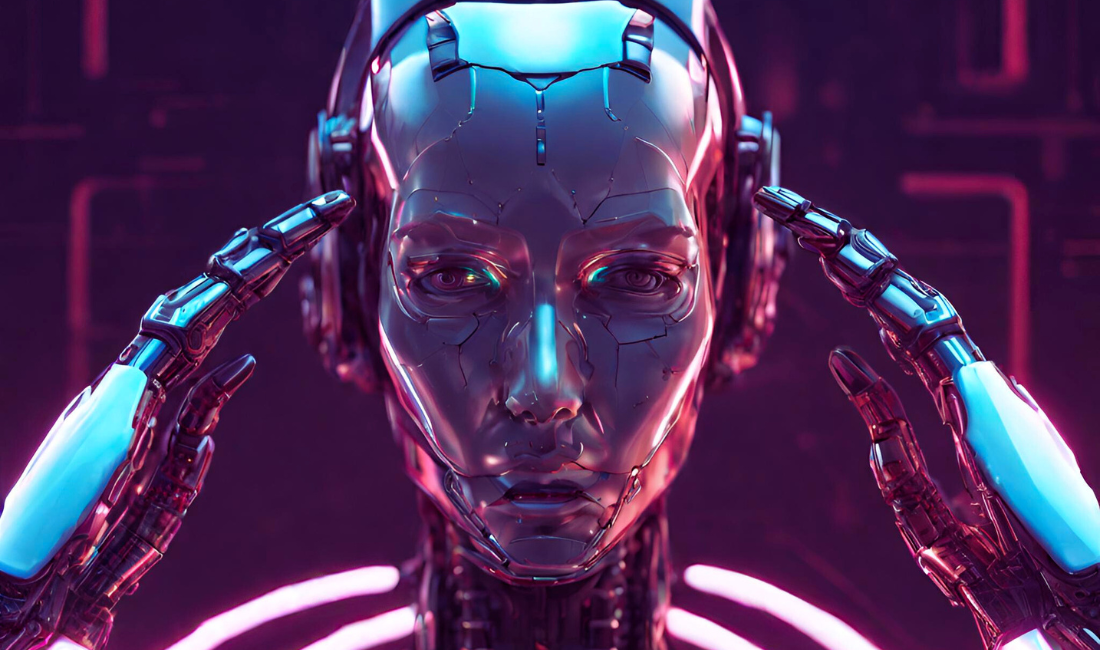
Applications and Challenges: Exploring Potential and Limitations
The potential applications of bionic androids are as vast as they are fascinating. From personal assistants and healthcare caregivers to workplace companions in industrial environments, these androids are destined to play diverse and significant roles in our society. However, they are not without challenges.
Safety, ethics, and social acceptance are just some of the issues that must be addressed comprehensively to ensure their successful integration into our world. Additionally, the complexity and cost of developing and maintaining functional bionic androids pose significant logistical and financial challenges that must be overcome for these technologies to become an everyday reality.
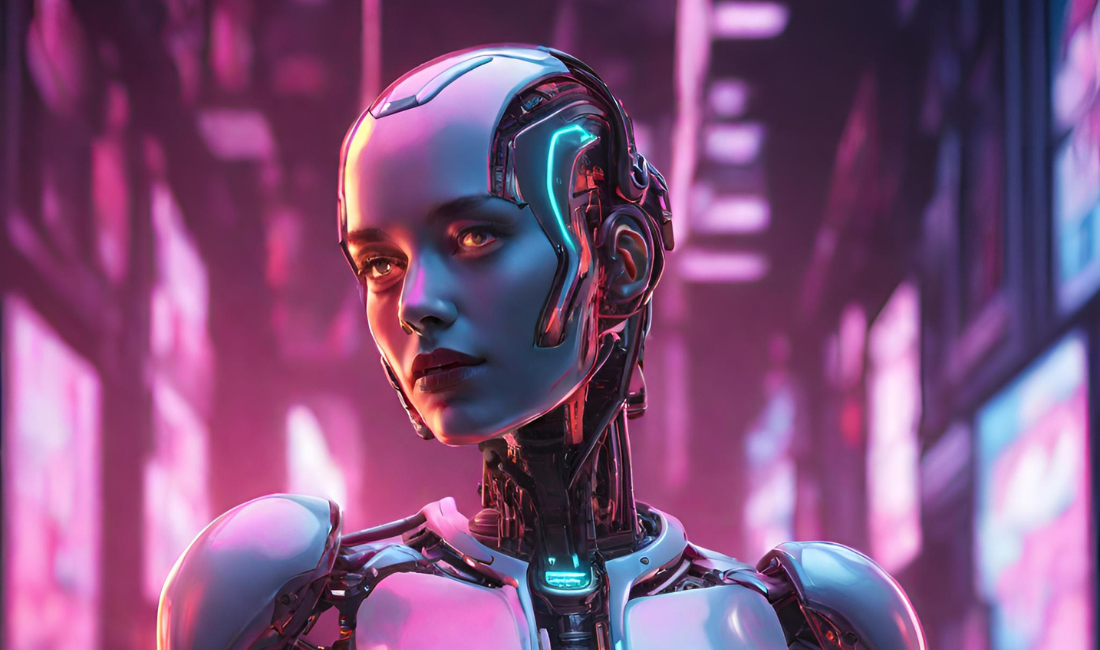
The Future of Humanity and Technology: Final Reflections
Ultimately, bionic androids represent much more than just sophisticated machines. They are a testament to our ability to imagine and create a future where technology and humanity coexist harmoniously, pushing the boundaries of what is possible and challenging our perceptions of what it means to be human.
In this journey towards innovative technology, we find ourselves in a new era where the promise of bionic androids invites us to explore the limits of our potential and rediscover what it truly means to be human. In this sense, bionic androids are not only an expression of our creativity and technical ability but also a reminder of humanity's infinite capacity to adapt, evolve, and transcend the boundaries of what was once considered impossible.
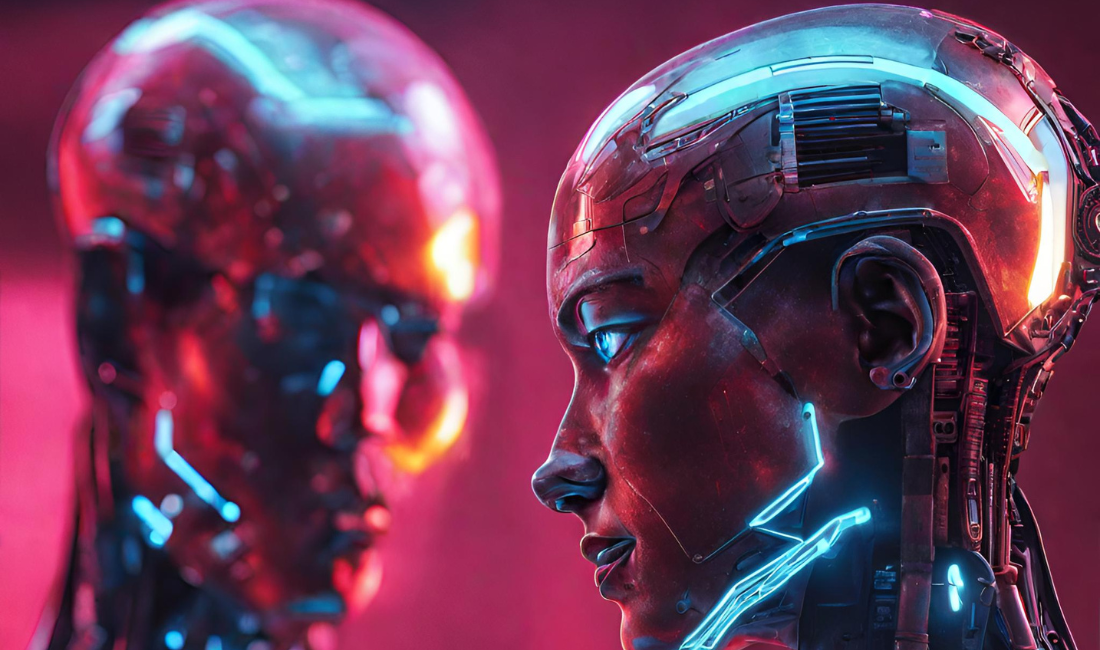
Conclusion
In conclusion, bionic androids are much more than simple technological creations; they are a reflection of our ability to imagine, innovate, and transcend the boundaries of what was once considered impossible. In this journey into the unknown, I invite you to contemplate the future with awe and anticipation, knowing that every step we take brings us closer to the realization of our boldest and most visionary potential.
